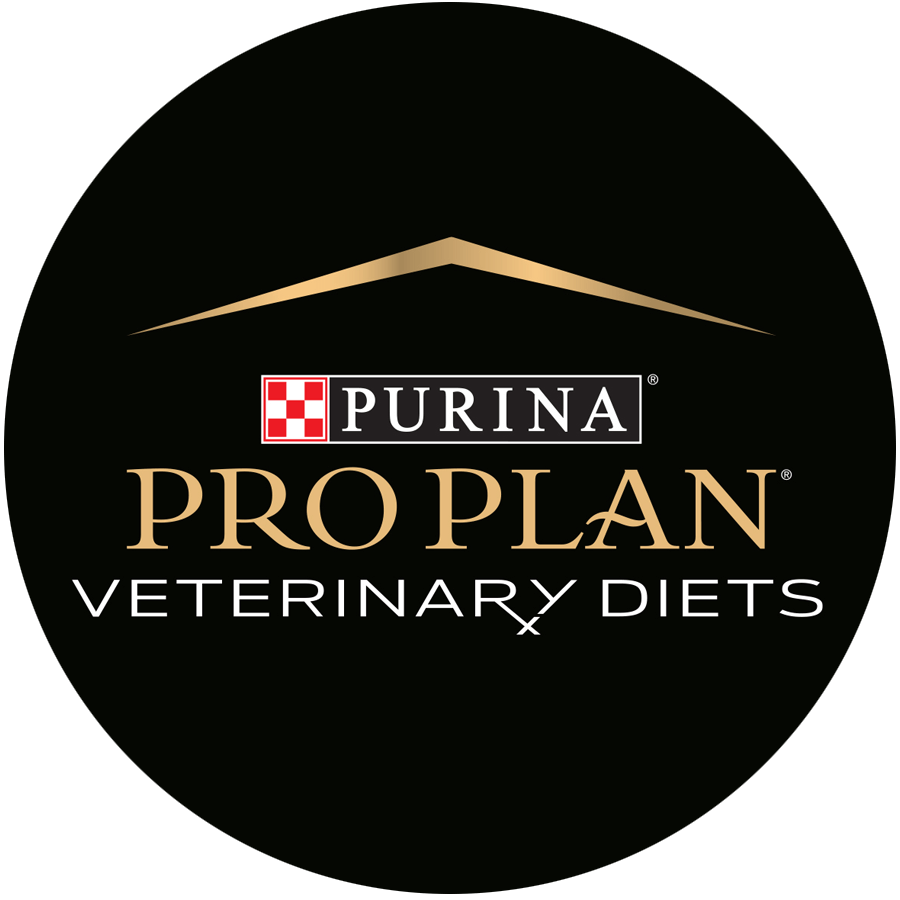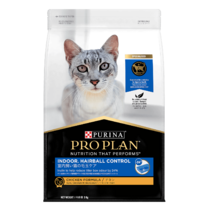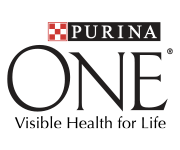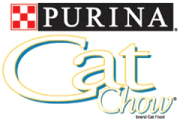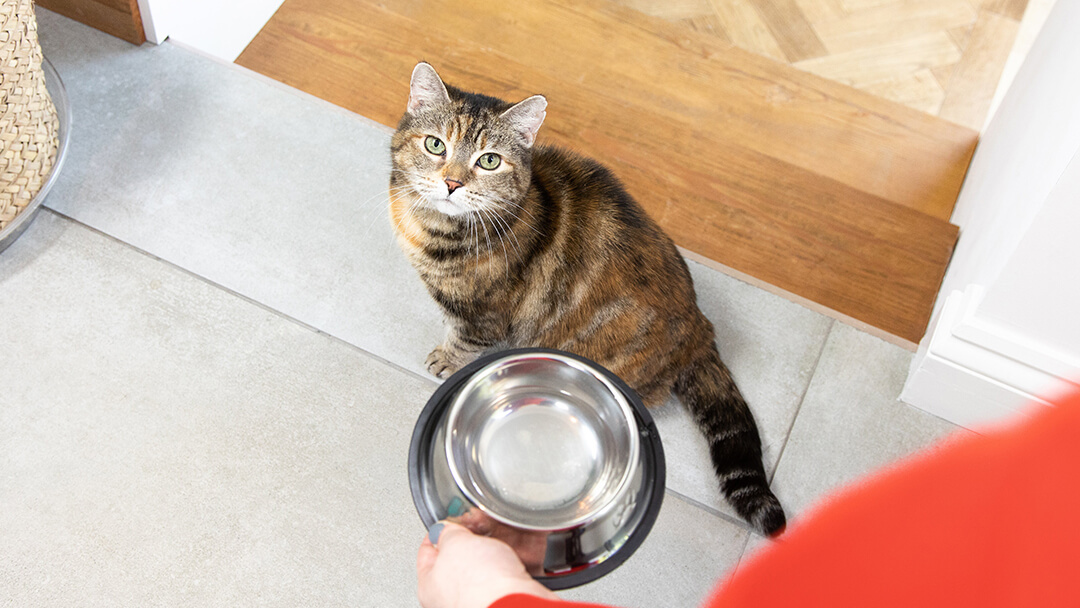

If your vet has diagnosed a liver condition, the right diet is essential for helping your cat stay healthy in the long term. This article explains why the liver is important, what kinds of problem can occur – and how nutrition can help your cat.
What the liver does
The liver is one of the largest organs in your pet’s body. As in the human body, a cat’s liver performs many functions that are essential for health:
- Producing hormones, proteins and glucose (energy).
- Clearing waste products, drugs and toxins from the blood.
- Producing immune factors and helping to fight infection by removing bacteria form the blood.
- Helping to digest and absorb fat and other important nutrients.
- Storing useful nutrients such as vitamins, iron and energy.
What are the signs of liver disease?
Liver disease is a serious condition .
If you notice any of these signs, it is important to talk to your vet about your concerns:
- Excessive drooling.
- Cats with chronic (long-term) liver disease often show vague, non-specific signs like loss of appetite, lethargy and weight loss.
- Acute (sudden) liver disease has much more obvious signs, including vomiting, diarrhoea, abdominal swelling, fever, excessive thirst and urination, and jaundice – yellowing of the skin, whites of the eyes and gums.
- Very severe liver disease can build up large amounts of toxins in the blood, which can affect the brain. This can cause the disorientation, confusion and seizures of “hepatic encephalopathy”.
What can cause liver disease?
There are a number of things that can affect your cat’s liver function. They include:
- Infection by viruses or bacteria.
- Intoxications (poisons).
- Hepatitis (liver inflammation), often of unknown cause. This can sometimes lead to scarring, or cirrhosis.
- Tumours.
- Genetic problems in some breeds.
- Inherited problems with the liver’s blood vessels, called portosystemic shunts.
- Fatty liver disease (hepatic lipidosis).
How can the right diet help?
The liver is an organ that has an amazing ability to regenerate itself, and it can still function when up to 75% is diseased or removed. This means a specially formulated diet can help to manage the disease, and can also help your cat’s liver to heal.
PURINA® PRO PLAN® VETERINARY DIETS HP Hepatic FELINE is scientifically formulated for cats with liver disease:
- The right type and level of protein to help prevent malnutrition and reduce the risk of hepatic encephalopathy
- High in energy to help prevent weight loss
- Highly palatable to encourage cats to eat
- Highly digestible to help reduce the liver’s workload
- Low in copper and fortified with zinc to help reduce copper accumulation in the liver
- High in antioxidants and omega-3 fatty acids to help neutralise free radicals and support anti-inflammatory processes
Featured products
Related articles
